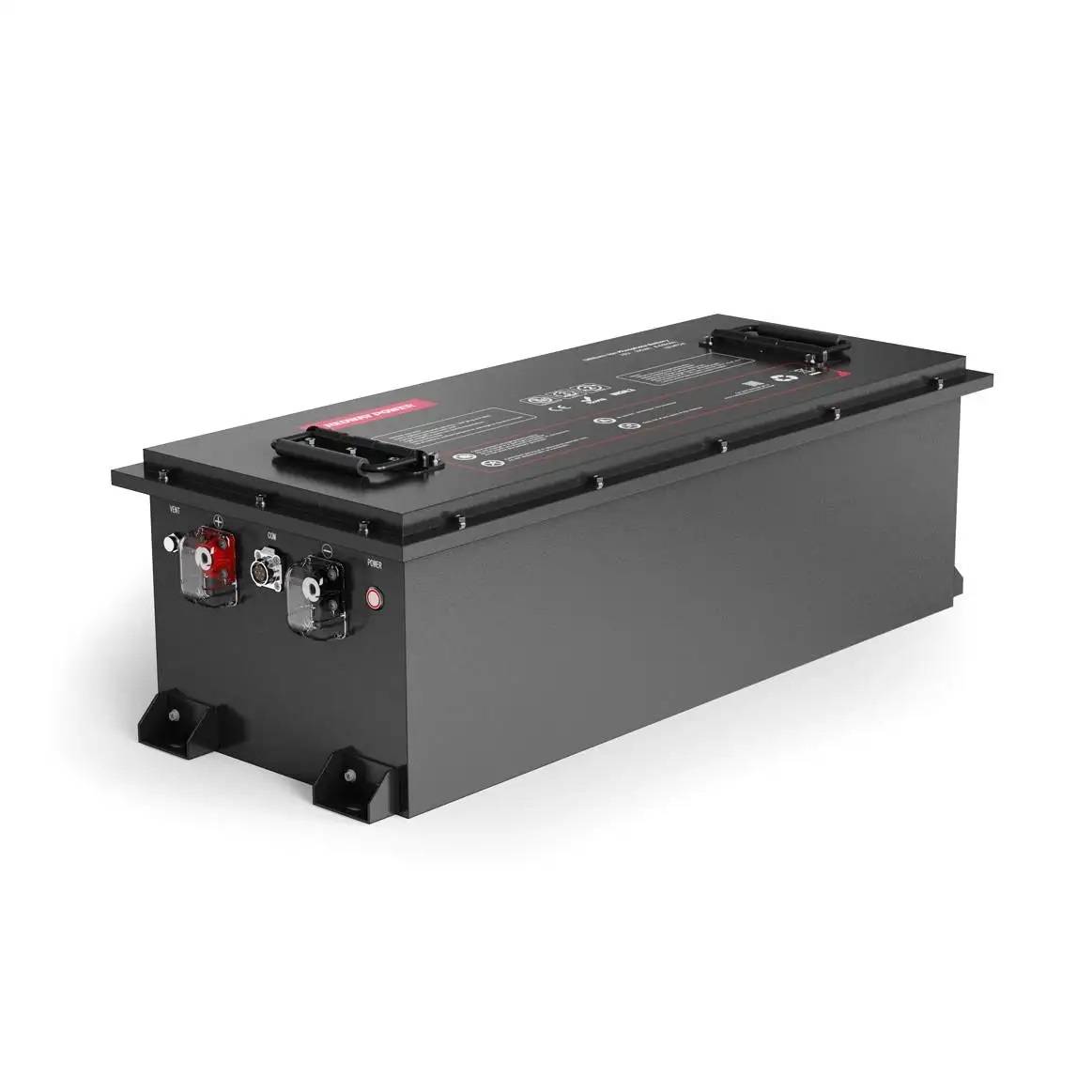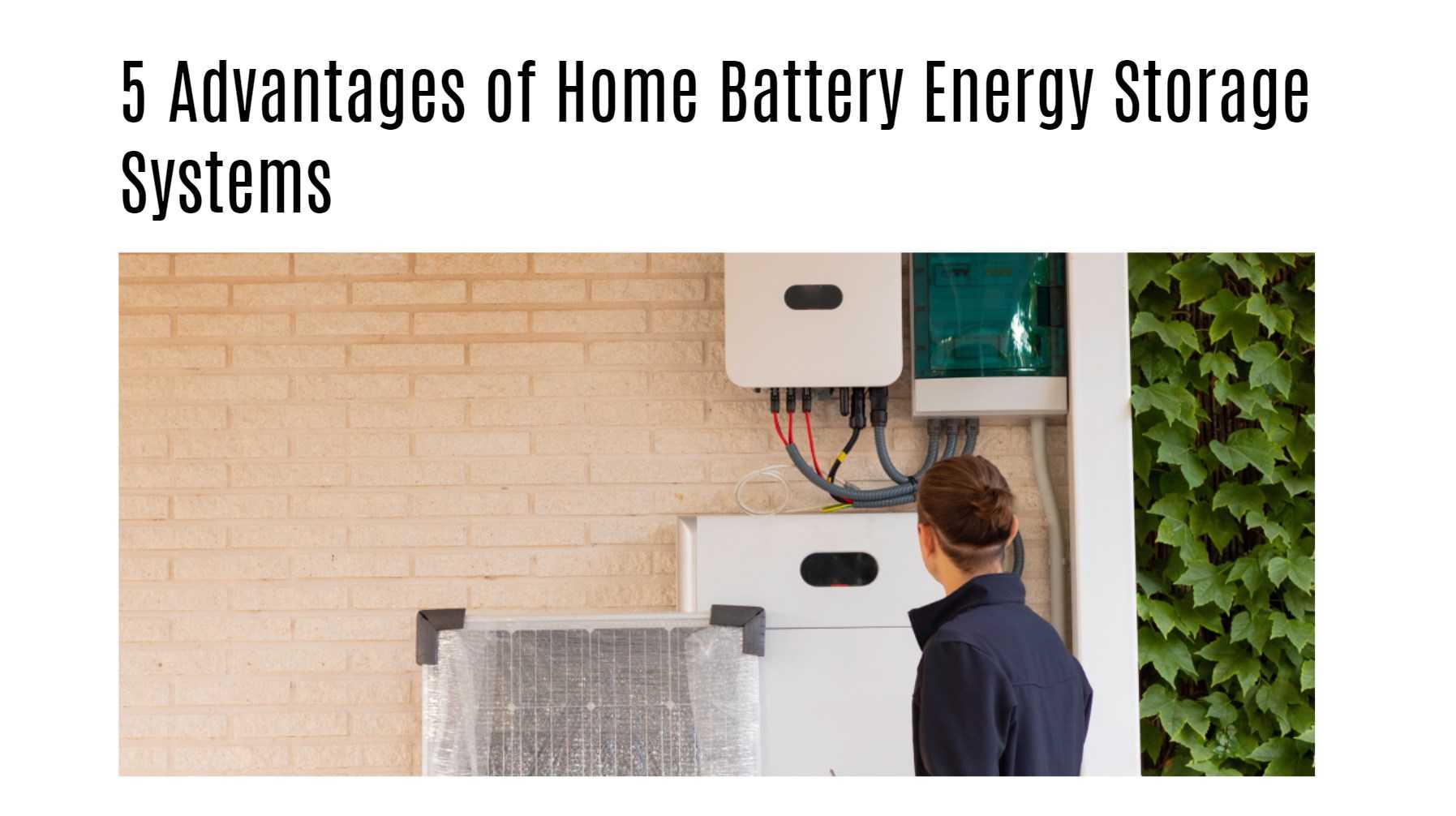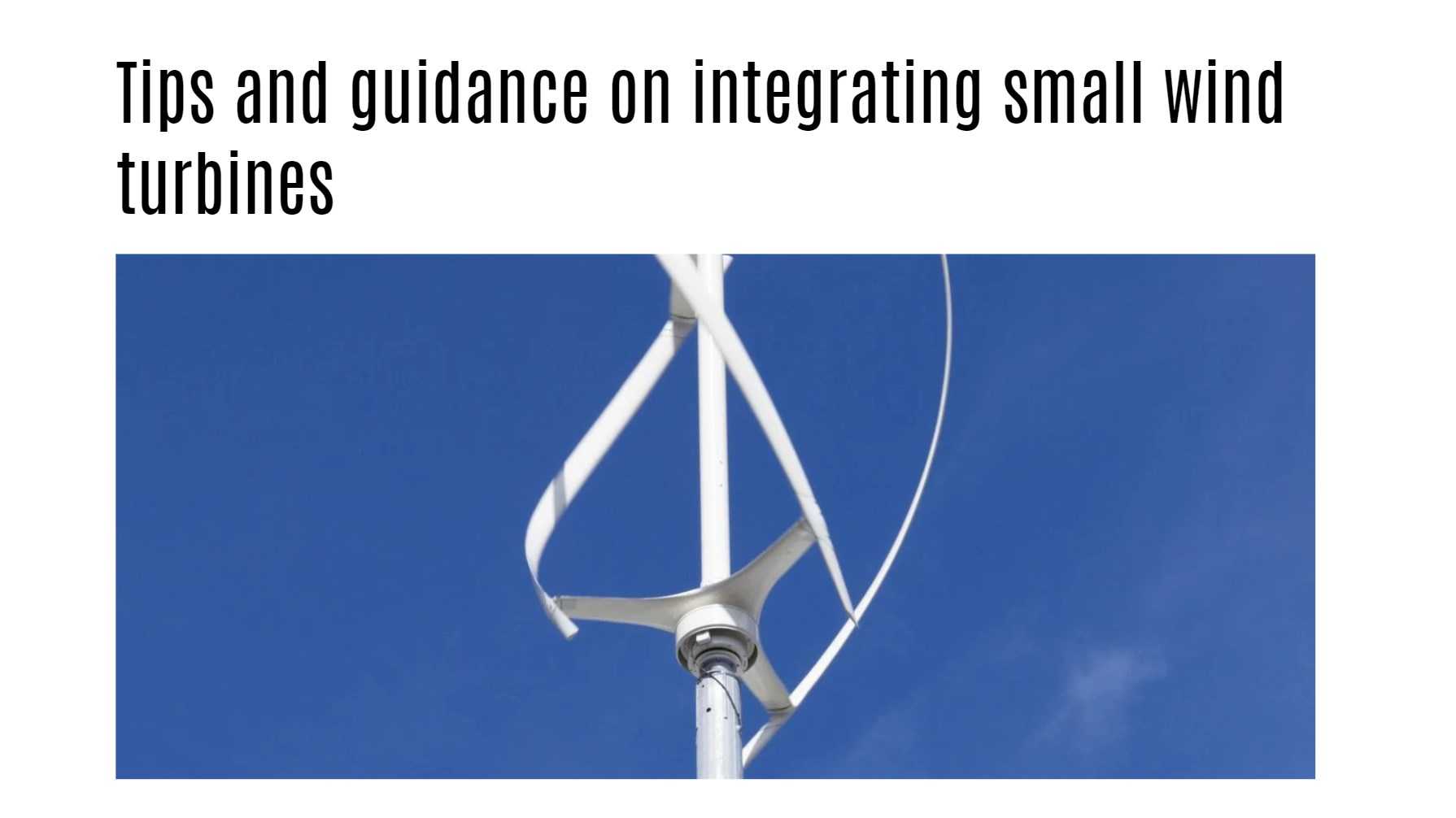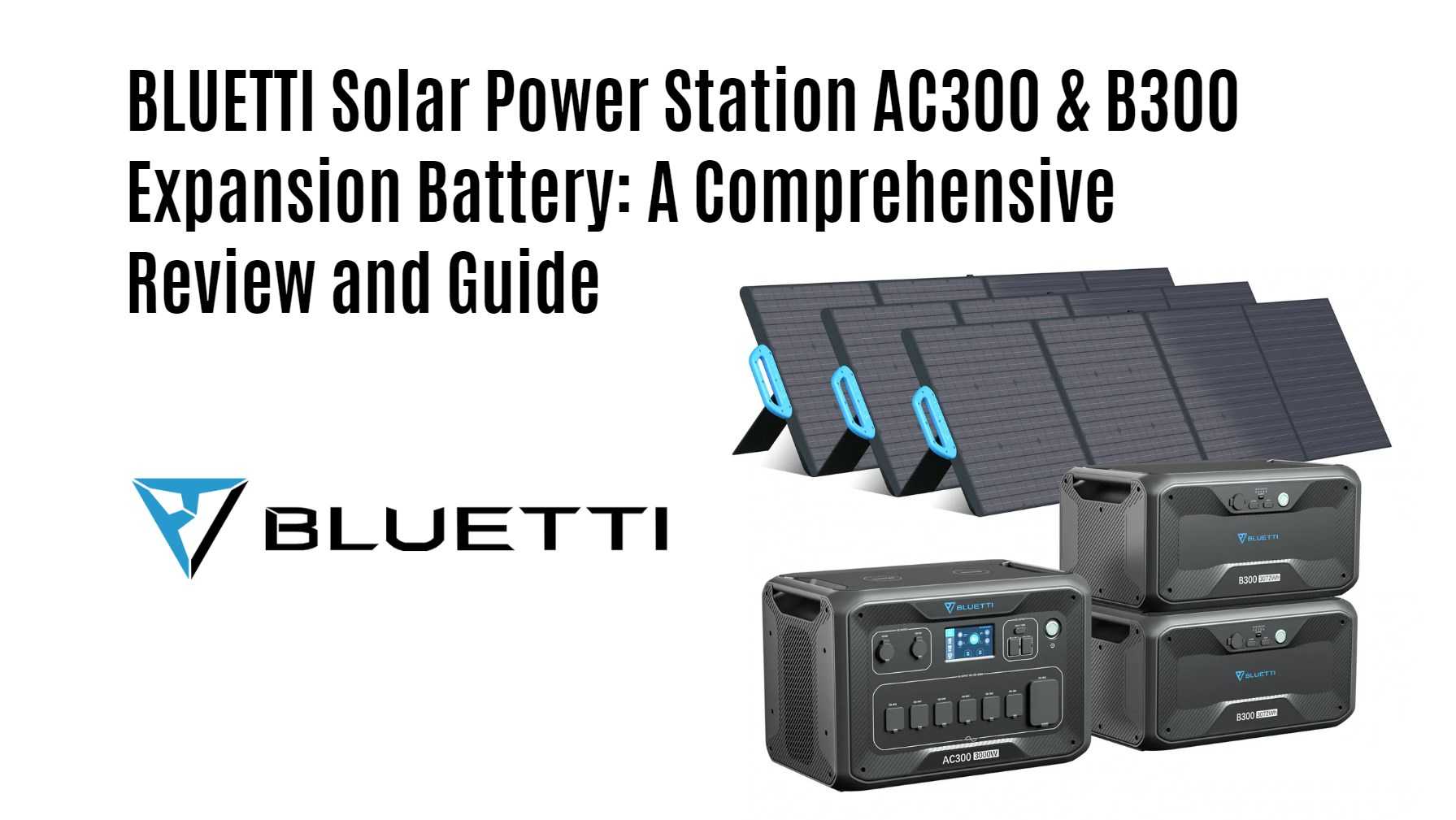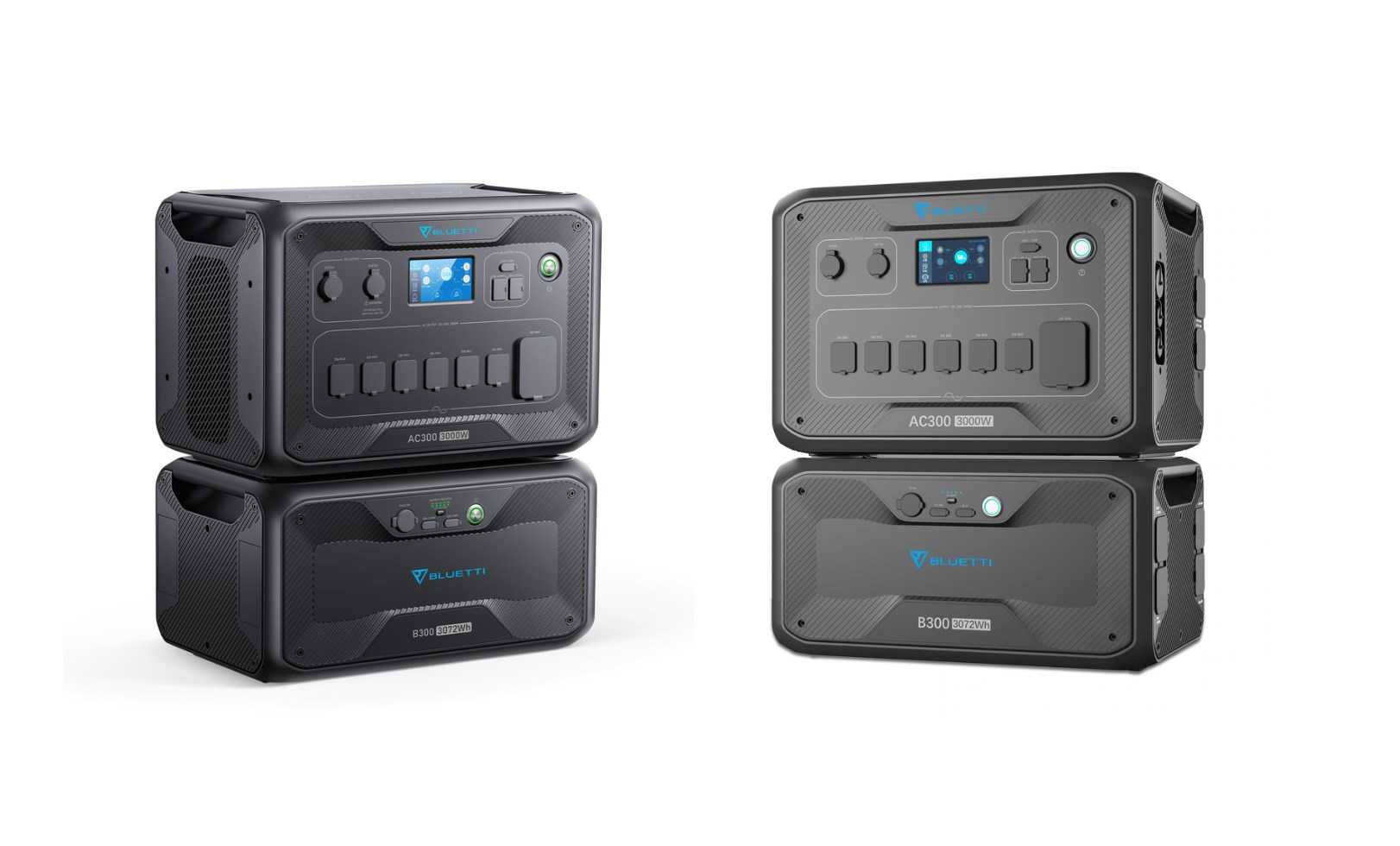Lithium batteries offer higher energy density, longer shelf life, and better performance in extreme temperatures compared to alkaline batteries. While alkaline batteries are widely used for low-drain devices due to their affordability and availability, lithium batteries excel in high-drain applications and provide more consistent power output over time.
What Are the Key Differences Between Lithium and Alkaline Batteries?
Lithium batteries have greater energy density, longer lifespan, and superior performance in cold or high-drain conditions compared to alkaline batteries, which are less expensive and more commonly available for everyday devices.
Lithium batteries store significantly more energy per unit weight and maintain voltage more consistently throughout their discharge cycle. They typically last 5 to 10 times longer than alkaline batteries in high-drain devices, such as digital cameras or power tools. Alkaline batteries, meanwhile, are versatile and cost-effective for low-drain uses like remote controls or clocks. The chemistry difference means lithium batteries contain lithium-based compounds while alkaline batteries consist of zinc and manganese dioxide. Redway Battery’s LiFePO4 lithium solutions leverage these advantages to power demanding applications like electric vehicles, telecom systems, and solar storage with high safety and durability.
How Does the Performance of Lithium Batteries Compare to Alkaline Under Different Conditions?
Lithium batteries outperform alkaline batteries in extreme temperatures, high-drain applications, and situations requiring long-term storage or consistent voltage.
Lithium batteries maintain capacity and voltage levels effectively in temperatures as low as -40°C and as high as 60°C, making them ideal for outdoor and industrial uses. Alkaline batteries suffer voltage drops and reduced runtime in cold environments. Additionally, lithium batteries handle rapid and repeated discharge cycles better, delivering consistent power for devices like drones or high-performance flashlights. Redway Battery’s lithium packs are designed to endure demanding environments, supported by advanced battery management systems for safety and efficiency.
| Feature |
Lithium Battery |
Alkaline Battery |
| Energy Density (Wh/kg) |
150–250 |
80–100 |
| Shelf Life |
10+ years |
5–7 years |
| Operating Temperature Range |
-40°C to 60°C |
0°C to 45°C |
| Typical Voltage |
3.0 – 3.7 V (per cell) |
1.5 V (per cell) |
| Performance in High Drain |
Excellent |
Moderate |
Why Are Lithium Batteries More Expensive Than Alkaline Batteries?
Lithium batteries cost more due to advanced materials, complex manufacturing processes, and built-in safety features that extend lifespan and enhance energy density.
The higher upfront cost of lithium batteries reflects their sophisticated chemistry and construction involving lithium compounds, protective circuitry, and precise quality controls to ensure safe, reliable performance. Redway Battery, with its ISO-certified facilities and automated production lines, ensures that investment in lithium technology translates into enduring value, especially for applications like forklifts, golf carts, and energy storage where cost-per-cycle is lower despite higher initial price.
Which Applications Benefit Most from Lithium Batteries Compared to Alkaline?
High-drain, long-duration, or temperature-sensitive applications benefit significantly from lithium batteries, while alkaline batteries remain ideal for low-drain, everyday devices.
Devices such as digital cameras, portable medical devices, smart home sensors, and outdoor equipment require the consistent power and extended capacity that lithium batteries provide. The longer shelf life also suits emergency kits and seasonal electronics. Conversely, alkaline batteries are sufficient and budget-friendly for remote controls, clocks, toys, and flashlights. Redway Battery’s portfolio includes advanced lithium solutions tailored for demanding industries like solar energy and telecom, where alkaline batteries are unsuitable.
How Does Redway Battery Support Lithium Battery Advancements?
Redway Battery pioneers lithium battery innovation through OEM customization, stringent quality control, and scalable production to deliver reliable, safe, and high-performance energy solutions globally.
With over 13 years of experience, Redway Battery operates four advanced factories utilizing ISO 9001:2015-certified processes and MES automation. This ensures consistent quality in their LiFePO4 batteries used in forklifts, golf carts, RVs, telecom, and solar systems. Their engineering teams provide full OEM/ODM services to customize lithium packs, optimizing longevity, safety, and performance to replace traditional chemistries like alkaline where higher reliability and efficiency are needed.
Can Lithium Batteries Replace Alkaline Batteries in Everyday Devices?
In many cases, lithium batteries can replace alkaline batteries, but compatibility, voltage differences, and device specifications need consideration.
While lithium batteries provide higher voltage (typically 3.0–3.7 V versus alkaline’s 1.5 V) and longer life, some devices are designed specifically for alkaline voltages and chemistries. Using lithium in incompatible devices can cause malfunctions or damage. However, specialized lithium batteries designed to match alkaline voltages are increasingly available. Redway Battery collaborates with clients to engineer safe lithium substitutes that meet or exceed device requirements, especially in professional and industrial electronics.
Where Are Lithium Batteries Manufactured and How Does Quality Affect Their Performance?
Lithium batteries are manufactured worldwide, primarily in Asia, with quality determined by manufacturing precision, material sourcing, and testing protocols.
Leading manufacturers, including Redway Battery’s Shenzhen facilities, integrate ISO standards, automated MES systems, and stringent quality assurance to produce lithium batteries that meet international safety, performance, and environmental regulations. Quality manufacturing correlates directly with battery cycle life, safety, and reliability – critical factors for applications in telecom, solar power, and electric mobility. Redway’s commitment to innovation and customization assures users receive state-of-the-art lithium energy solutions tailored to their precise needs.
What Environmental Benefits Do Lithium Batteries Offer Over Alkaline Batteries?
Lithium batteries provide better environmental sustainability through longer lifespan, higher recyclability, and reduced resource consumption over time compared to alkaline batteries.
Due to their extended cycle life and energy density, lithium batteries reduce the frequency of replacements, thereby lowering waste. Many lithium battery chemistries, including LiFePO4, contain fewer toxic metals than alkaline batteries and are increasingly recyclable. Redway Battery’s green manufacturing practices emphasize eco-friendly materials and stringent waste management, supporting sustainable energy transitions across industries.
Redway Expert Views
“In the growing demand for energy efficiency and sustainable power sources, lithium batteries clearly outperform alkaline in performance and lifespan. For playground equipment and mobility solutions, reliable battery technology is critical to safety and user experience. Redway Battery’s advanced lithium packs offer robust, safe, and adaptable energy solutions, ensuring devices run longer and more consistently. Our engineering teams focus on delivering custom battery designs that not only improve device reliability but also contribute to environmental stewardship.” – Redway Battery Senior Engineer
Conclusion
Lithium batteries provide substantial advantages over alkaline batteries in energy density, lifespan, temperature tolerance, and environmental sustainability. Though alkaline batteries remain economically attractive for low-drain, everyday use, lithium’s superiority in high-drain and harsh environment applications makes it the preferred choice for modern devices.
Consumers and industries benefit from understanding these differences, allowing informed battery selection. Redway Battery’s expertise and commitment to quality ensure clients receive optimized lithium solutions tailored to their demands, transforming power storage and delivery in telecom, solar, mobility, and beyond.
Frequently Asked Questions (FAQs)
Q1: Are lithium batteries safer than alkaline batteries?
Both are generally safe, but lithium batteries include more safety features and require proper management to prevent risks.
Q2: Can I use lithium batteries in devices designed for alkaline?
Only if the lithium battery’s voltage and size match the device specifications; otherwise, performance or damage issues may occur.
Q3: How much longer do lithium batteries last compared to alkaline?
Lithium batteries often last 5 to 10 times longer in high-drain applications.
Q4: Does temperature affect lithium and alkaline batteries differently?
Yes, lithium batteries maintain better performance in extreme temperatures than alkaline batteries.
Q5: How does Redway Battery ensure lithium battery quality?
Redway utilizes ISO 9001:2015 certified factories, automated production, and rigorous testing to guarantee safe, high-performance batteries.

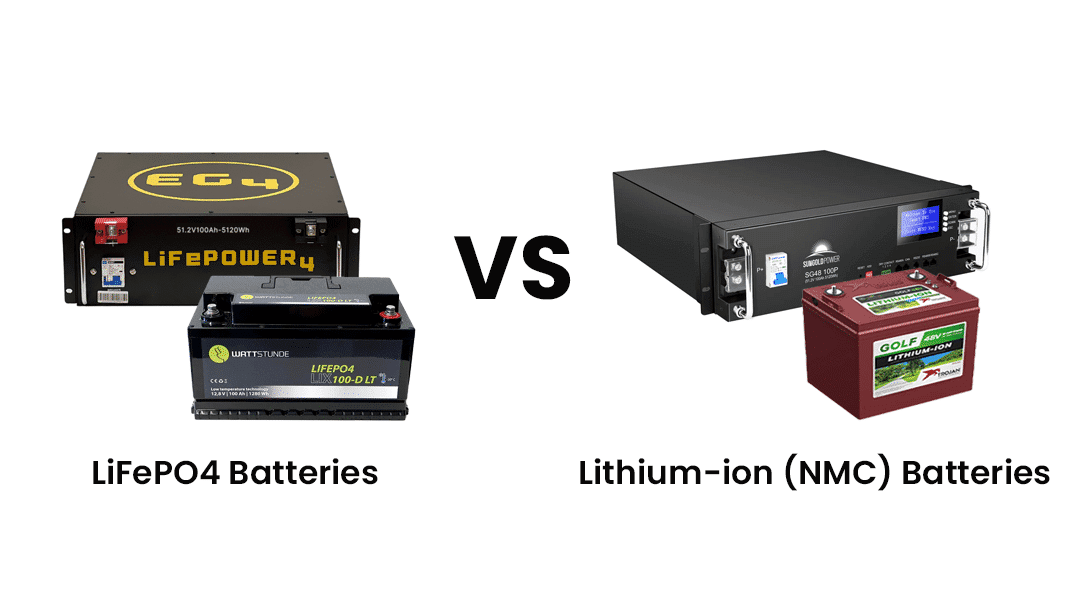

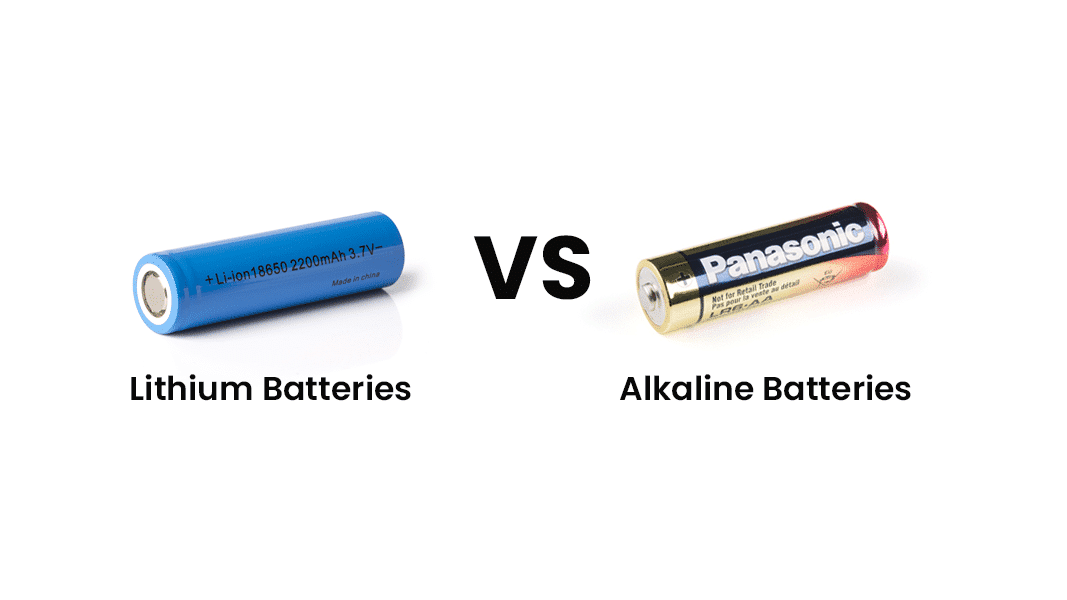
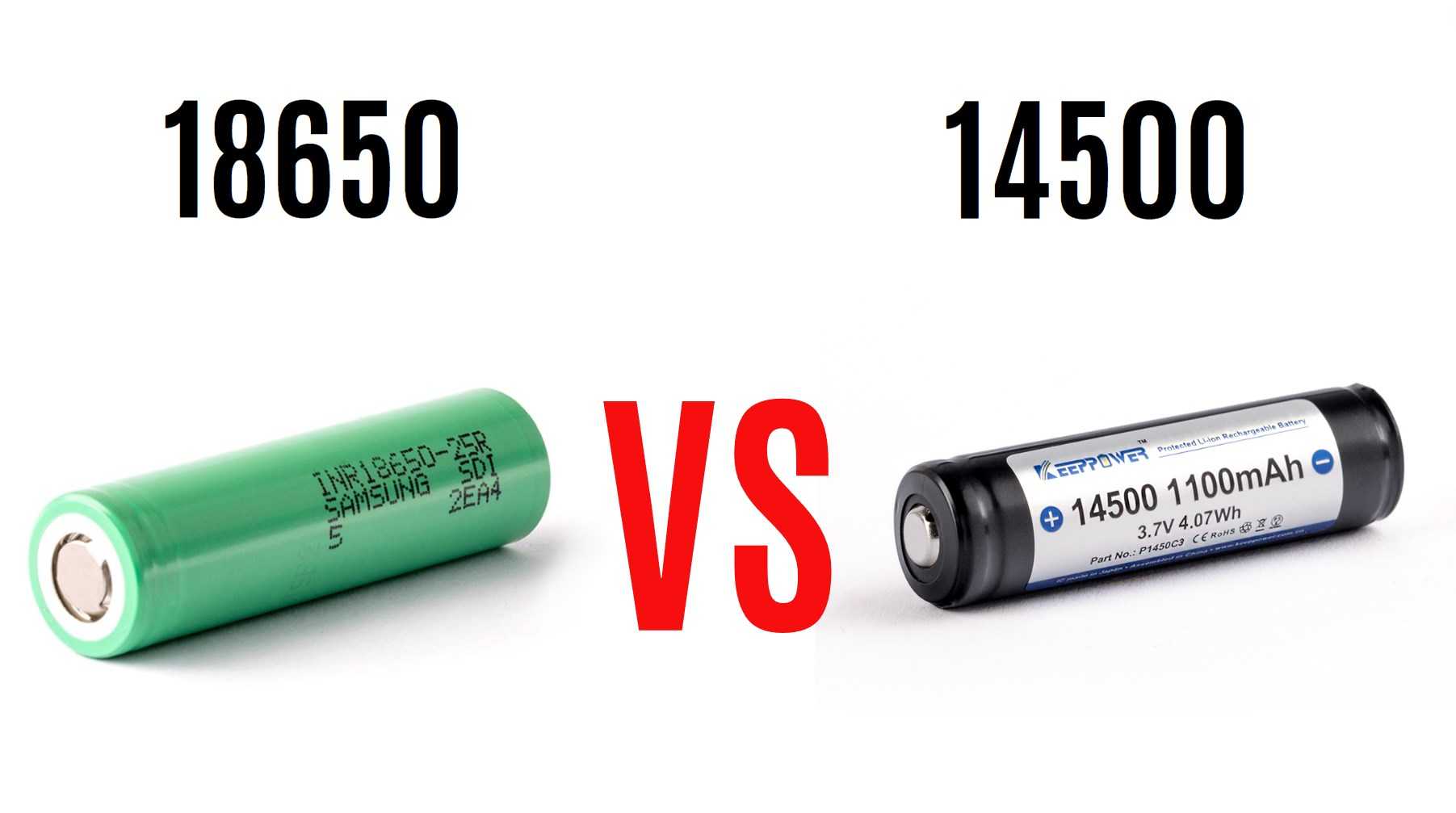
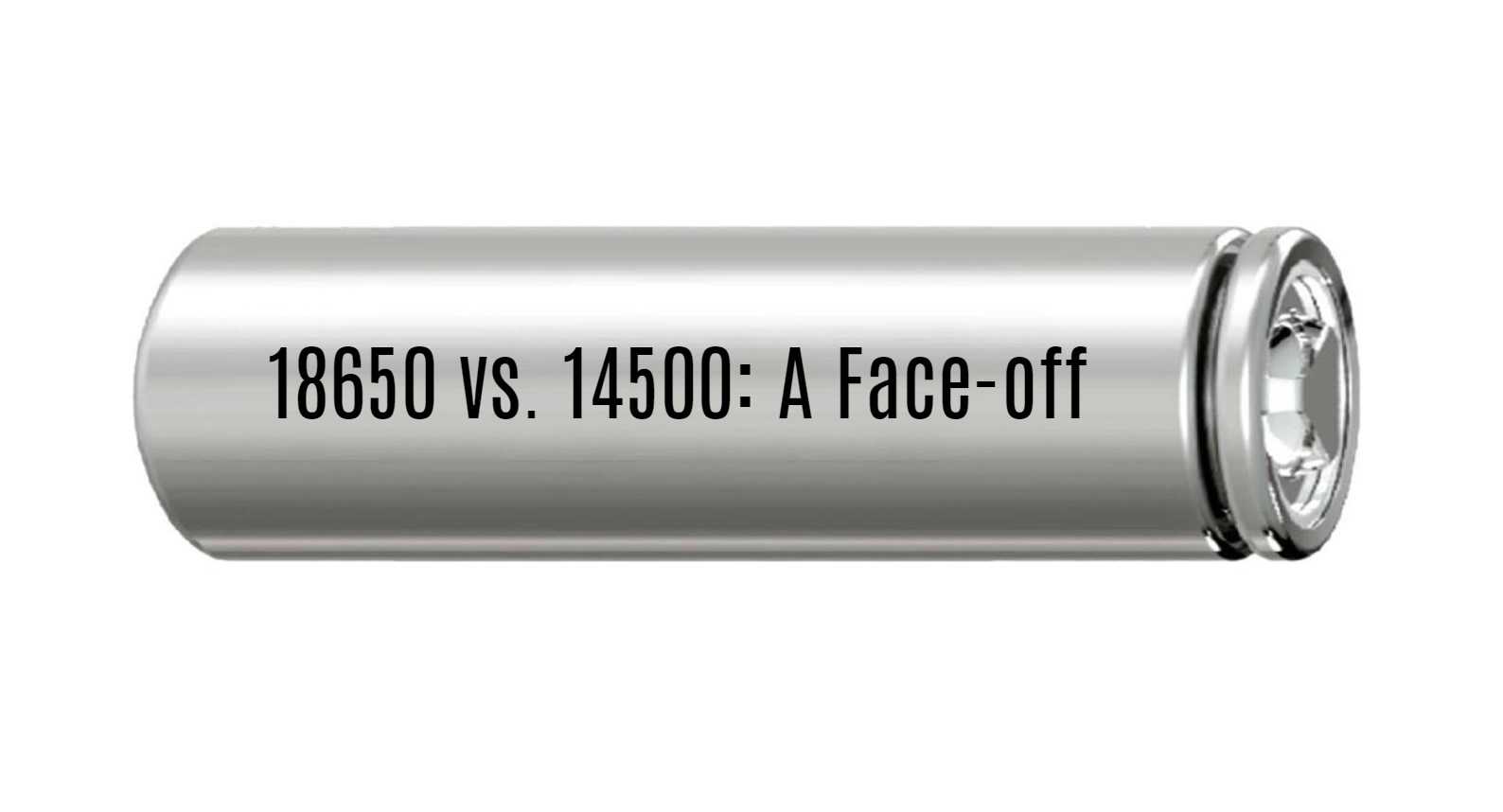
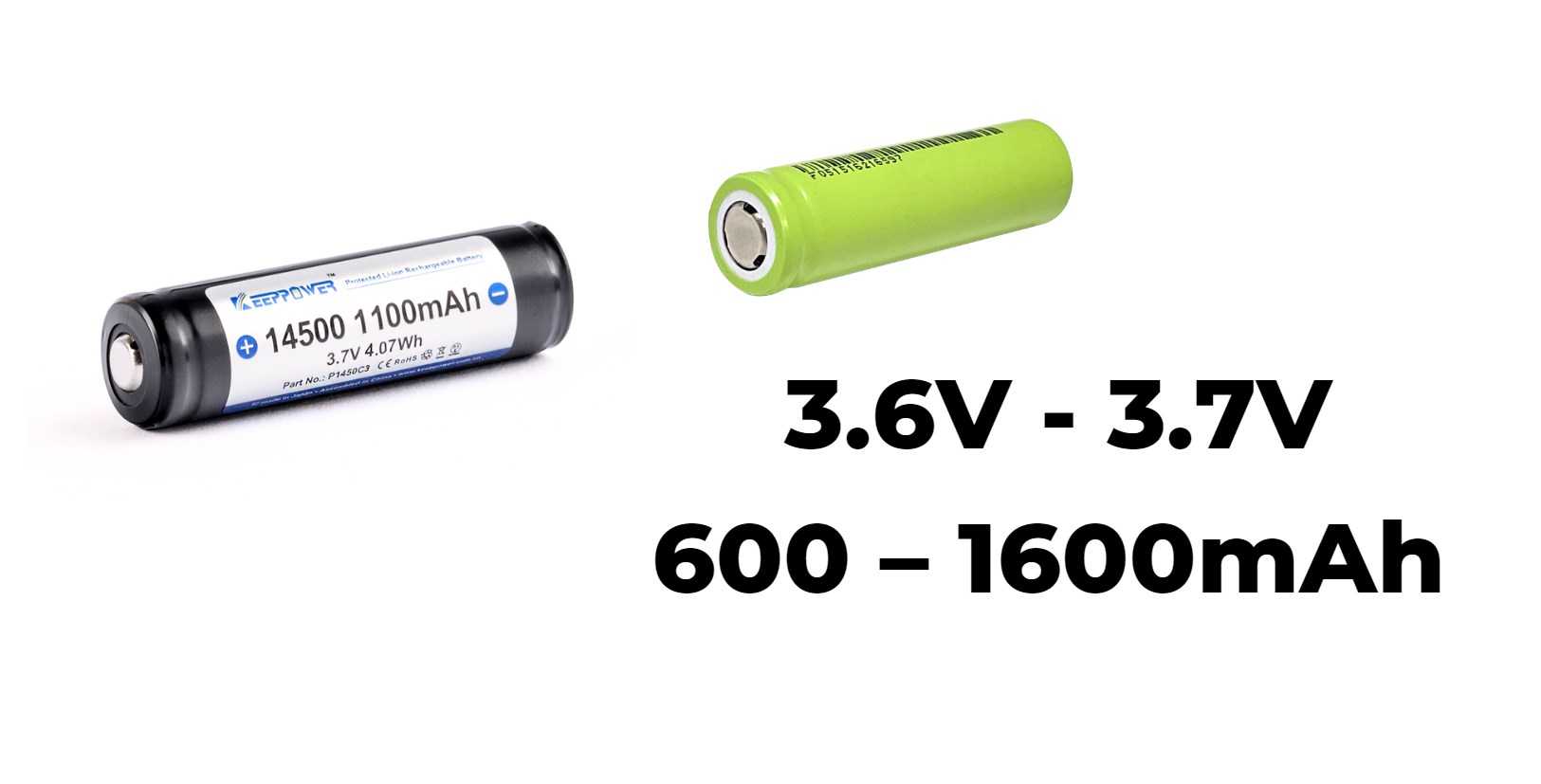
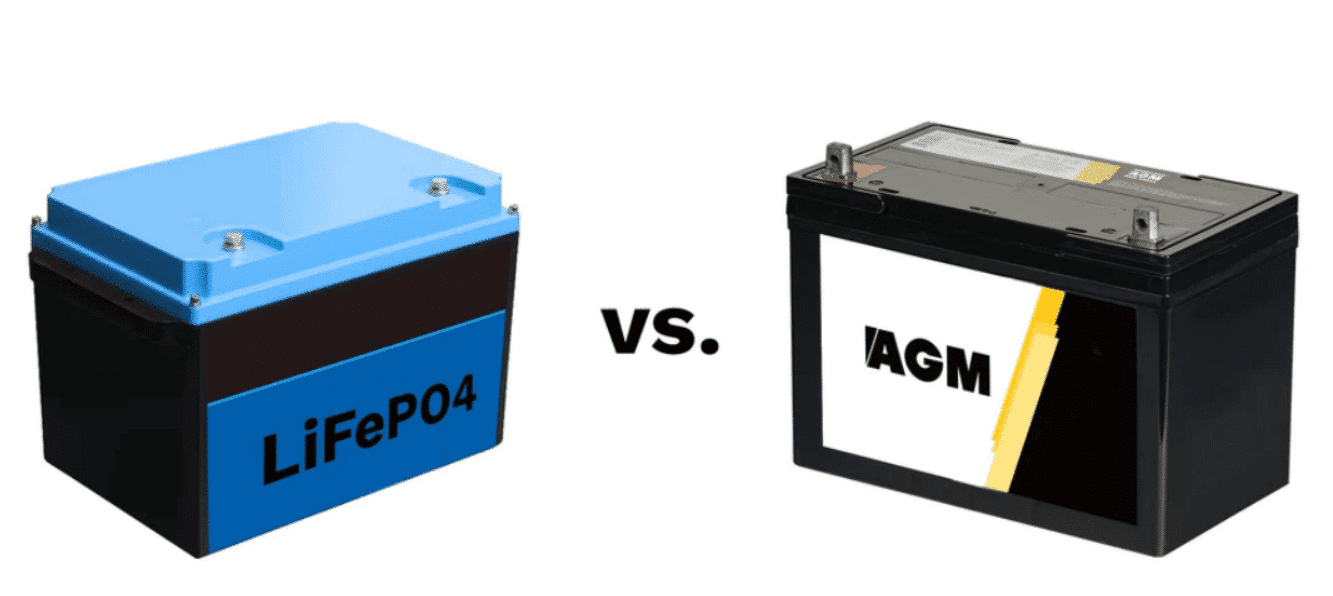

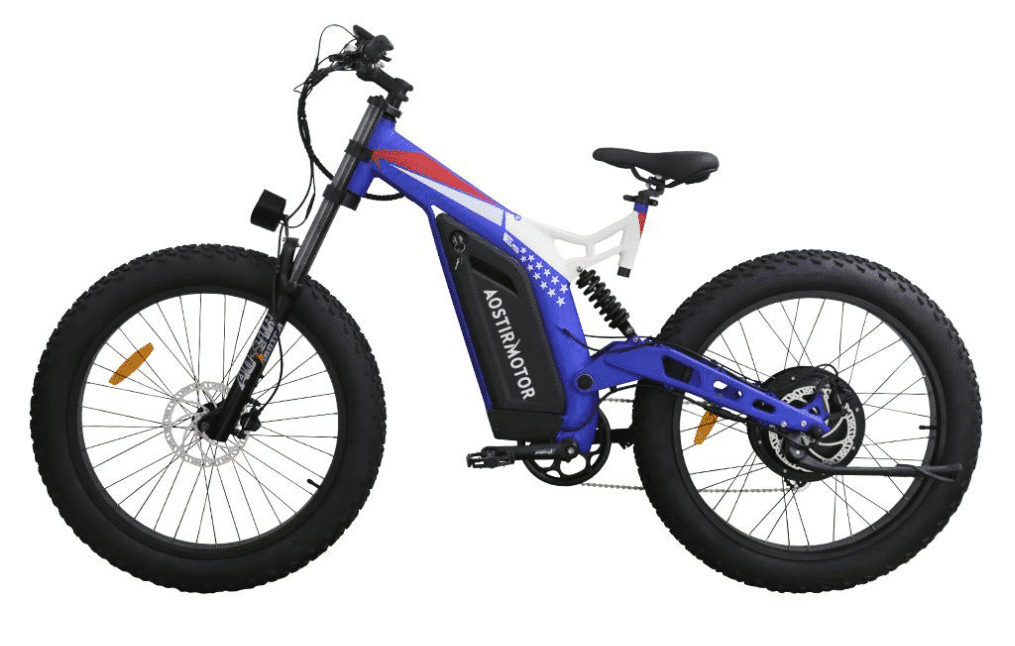




 Safety: Solid-state batteries are less prone to leakage, fire, and explosion risks due to their stable solid electrolyte.
Safety: Solid-state batteries are less prone to leakage, fire, and explosion risks due to their stable solid electrolyte.


